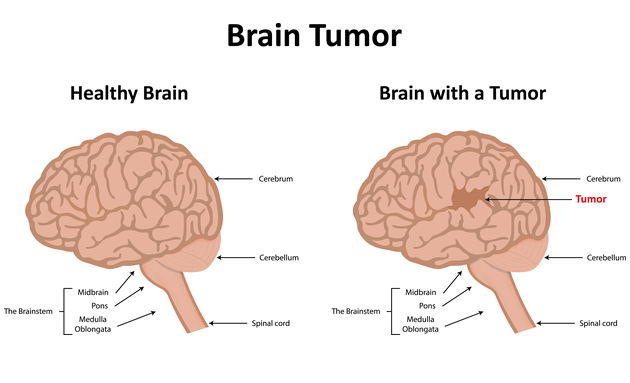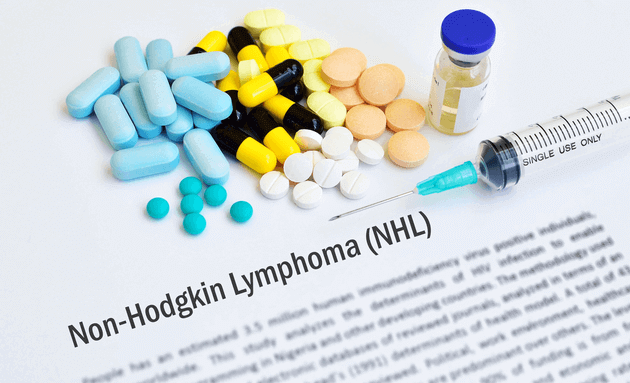
5 Types of Paediatric Cancers: Warning Signs and Symptoms Details
Paediatric or childhood cancer is a term used for children suffering from cancer from the age of birth until 15 years. While the actual cause of cancer in children is not known, there are risk factors that may lead children to develop the disease.
Paediatric cancers are rare and differ from adult cancers in the way they grow and spread, including their treatment. Their risk factors include medical conditions like;
- Gene mutations
- Complications with development in the womb
- Exposure to infections and radiation and
- Recurrence of a previously treated cancer like leukaemia.
The Top 5 Cancers in Children and their Warning Signs
At times, the signs and symptoms of cancer in children can go unnoticed because they often masquerade as common illnesses or bruises. Here is a guide on the 5 most common cancers in children and their warning signs.
-
Acute Lymphoblastic Leukemia

Acute Lymphoblastic Leukemia (ALL) is a disease of the blood and bone marrow that typically occurs in children between 2 to 4 years of age. This disease progresses rapidly and creates immature blood cells in place of mature blood cells.
Immature blood cells are formed in the bone marrow. During ALL, these immature blood cells develop into leukemic white blood cells called lymphoblasts. These abnormal cells are not able to function normally. They build up and over-populate among the healthy cells. Thereafter, ALL spreads to other organs as well but rarely produces tumours in other organs as it is an acute form of cancer.
ALL is more common in boys than in girls and early treatment can prevent any fatalities. Its symptoms are weakness, fatigue, bone and joint pain, bleeding, fever, frequent infection, severe nosebleeds, pale skin, shortness of breath and weight loss.
-
Brain Tumors

The symptoms in children are almost the same as those you would notice in adults with a brain tumour. These include Headaches, dizziness, imbalance, vision, hearing or speech problems, and frequent vomiting.
-
Neuroblastoma

Neuroblastoma is a form of cancer that develops from immature nerve cells that are found in the abdomen, kidneys, chest, neck, and near the spine. It occurs in children below 5 years of age and rarely in older children. If your child has neuroblastoma, they may suddenly lose their ability to walk. He or she may also develop bulgy eyes and dark circles with droopy eyelids. Watch out for signs of body pain, diarrhoea and high blood pressure in your child.
-
Wilms Tumor
Wilms Tumor or Nephroblastoma is cancer that occurs in one or both kidneys. This disease is found in children who are 3 to 4 years old, but rarely in children above 6 years of age. This cancer may present symptoms such as pain and fever, swelling or lumps in the belly, nausea, poor appetite, shortness of breath, high blood pressure, blood in urine and constipation. Visit your doctor immediately if you notice these symptoms in your child.
-
Lymphoma

Lymphoma or cancer of the lymphocytes (white blood cells) can affect the body’s immune system, bone marrow as well as other organs in the body.
There exist two types of lymphomas - Hodgkin’s lymphoma (or Hodgkin’s disease) and Non-Hodgkin lymphoma. Despite sharing some symptoms, two types of lymphomas drastically differ from each other.
- Hodgkin’s Lymphoma marks the presence of Reed-Sternberg cells, whereas, Non-Hodgkin Lymphoma does not produce these cells.
- Hodgkin lymphoma is diagnosed at an early stage. This disease is therefore treatable.
- Whereas, Non-Hodgkin lymphoma is typically diagnosed at a more advanced stage. Hence, treatment for a complete cure is mostly not possible.
- Hodgkin’s lymphoma occurs in the upper part of the body like the neck, chest and armpits.
- Non-Hodgkin lymphoma occurs in the lymph nodes that are present in the different parts of the body.
- Check for lumps under your child’s skin in the neck, armpit or groin. In some cases, the lump might also be quite visible.
- Other symptoms include weight loss, fever, night sweats and weakness.
Cancer is generally rare in children. Recognising early warning signs can prevent the disease from progressing. Treating kids with cancer can be challenging as the child may not understand what they are going through. Hence, explaining the facts of the disease in a language your child will understand will help you and them get through the process.
Diagnosis and treatment for paediatric cancer have both short-lived and long term effects. Thanks to medical advances, more and more children are successfully treated and are living their lives like normal children.






